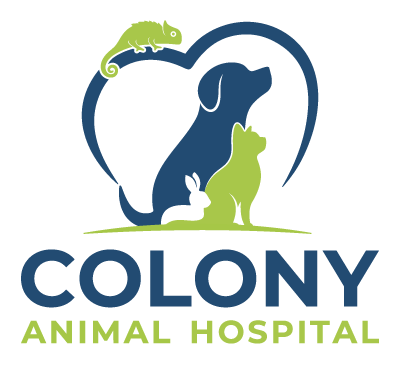Library
-
Urticaria, or hives, is a skin condition characterized by raised red skin welts caused by direct contact with a substance that causes an allergic reaction. These substances include insect bites, food, pollens, molds, vaccinations, and medications. If the swelling progresses to the throat, breathing can be compromised and result in a medical emergency called anaphylaxis. Injectable antihistamines and corticosteroids usually bring about a dramatic improvement, sometimes in as little as a few minutes.
-
While the holidays add excitement to the winter months, we cannot forget about indoor and outdoor toxins frequently seen at this time of year. Keeping your pets healthy and safe will help keep the holidays stress free.
-
An increase in your pet’s breathing rate while resting quietly or sleeping is an early clinical sign that your pet may be developing heart failure and needs to see your veterinarian. In general, all normal dogs and cats have a breathing rate of between 15-30 breaths per minute when they are resting. Resting breathing rates that are consistently greater than 30 breaths per minute are increased and considered abnormal. One breath is counted when the chest has moved in and out once. Typically, your veterinarian will have you count the breathing rate once per day for a week while you are learning and then will set up a schedule depending on your pet’s heart health status.
-
Home renovation can be arduous for every member of the household. Both pet owners and pets can be stressed during the construction process. Pets are faced with many potential hazards in a construction site. Pets can also interfere with construction workers and pose a safety risk to them. Awareness of possible construction site problems will help home owners avoid pet-related issues. Knowing how to deal with problems that do occur will minimize health risks for pets. A little planning can make the renovation process run more smoothly for workers, home owners, and pets.
-
Hookworm is a parasitic infection of the gastrointestinal tract of cats. Their name is derived from the hook-like mouthparts they use to anchor themselves to the lining of the intestinal wall. How the infection is spread along with clinical signs, diagnosis, treatment, and prevention are covered in this handout.
-
Hookworm is a parasitic infection of the gastrointestinal tract of dogs. Their name is derived from the hook-like mouthparts they use to anchor themselves to the lining of the intestinal wall. How the infection is spread along with clinical signs, diagnosis, treatment, and prevention are covered in this handout.
-
There are four major hormonal diseases in ferrets. This handout covers adrenal gland disease and diabetes mellitus. Adrenal gland disease occurs in a large number of ferrets in North America, while diabetes mellitus is a rare, but important problem.
-
Canine hot spots are red, inflamed skin lesions that appear quickly, ooze, and may contain pus. They are the result of a dog excessively scratching, licking, or chewing at an itch. There are several possible underlying causes of the itch and it is crucial to determine what it is to successfully treat the problem. This handout explains these possible causes and the treatment(s) required to resolve them.
-
Birds are naturally mischievous and if not properly supervised, will get into many predicaments. It is crucial that you bird proof your home. The bird's cage is its house and the confines of your home represent the bird's environment.
-
If your pet had an emergency crisis, how would you manage it? Ask your veterinary hospital how they handle after-hour emergencies. Use this handout to help you plan ahead and be prepared in the event of a pet-health emergency.

